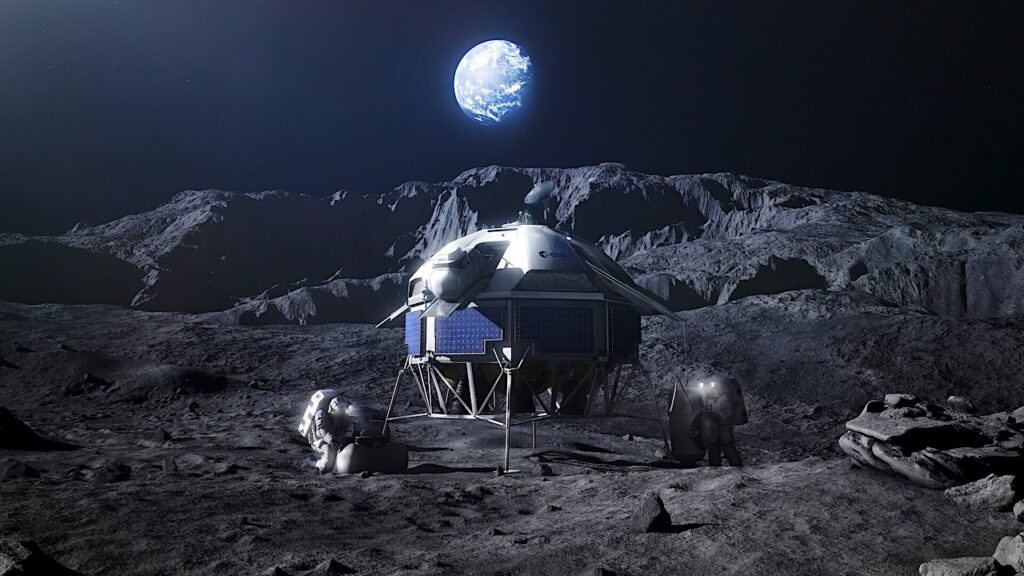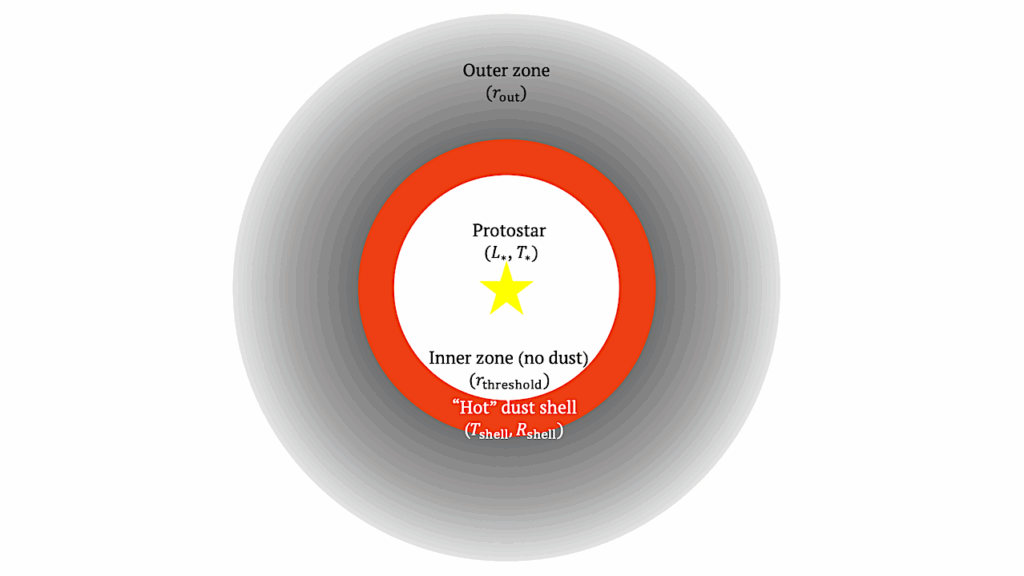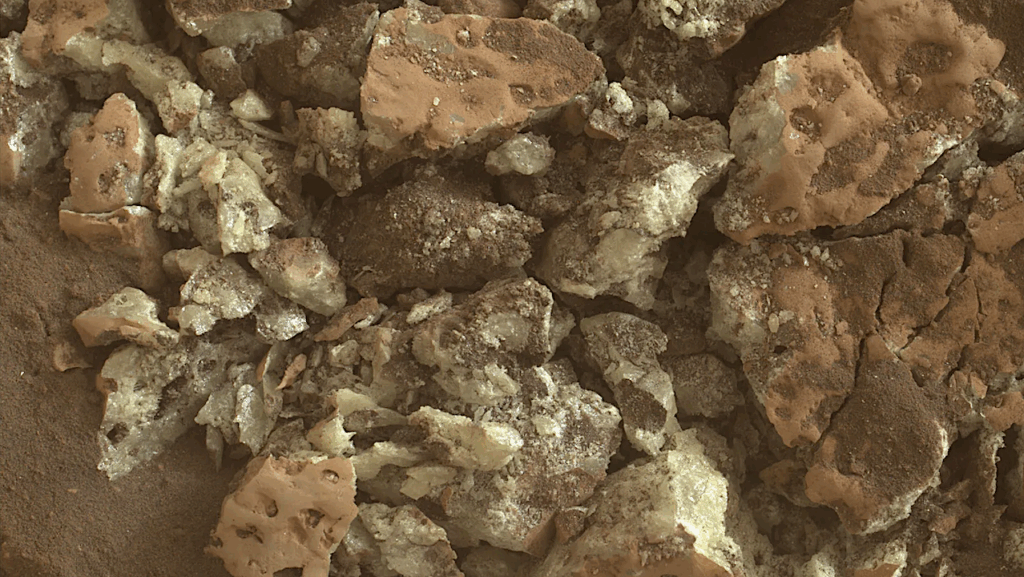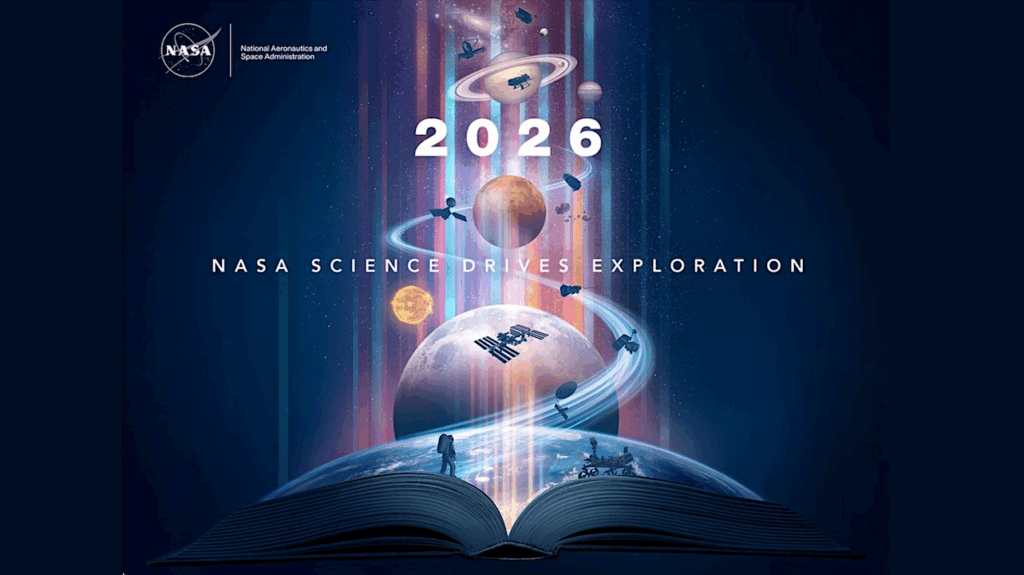NASA Scientists Study Life Origins By Simulating a Cosmic Evolution
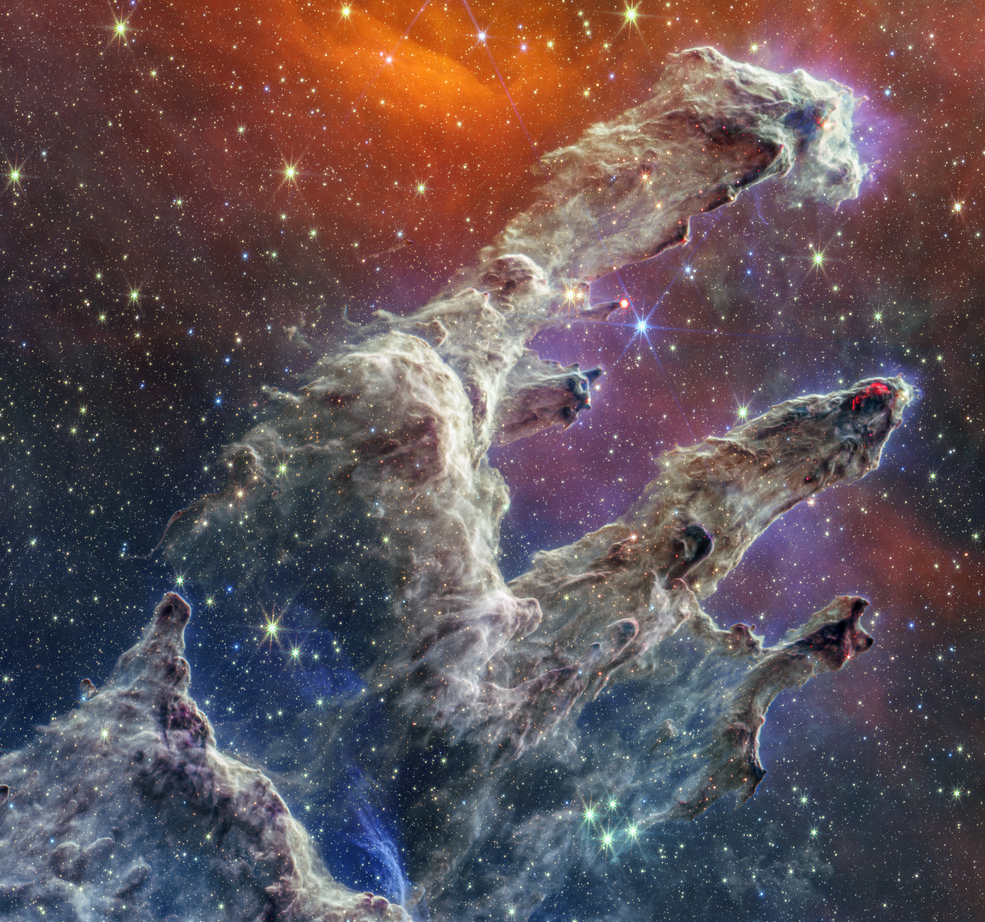
Amino acids make up millions of proteins that drive the chemical gears of life, including essential bodily functions in animals.
Because of amino acids’ relationship to living things scientists are eager to understand the origins of these molecules. After all, amino acids may have helped spawn life on Earth after being delivered here about 4 billion years ago by pieces of asteroids or comets.
But if so, were amino acids produced inside asteroids or comets? Or did life’s raw ingredients come intact from the interstellar molecular cloud of ice, gas, and dust that formed our solar system and countless others?
If amino acids formed in our solar system, then life could be unique here. But if they came from an interstellar cloud, these precursors to life could have spread to other solar systems, as well.
Scientists at NASA’s Goddard Space Flight Center in Greenbelt, Maryland, sought to explore how amino acids and amines – their chemical cousins – may have formed by simulating a mini, cosmic evolution in the lab. The researchers made ices like those found in interstellar clouds, blasted them with radiation, and then exposed the leftover material, which included amines and amino acids, to water and heat to replicate the conditions they would have experienced inside asteroids.
“The important take-away is that the building blocks of life have a strong link not only to processes in the asteroid, but also to those of the parent interstellar cloud,” said Danna Qasim, who worked on this experiment while she was a postdoctoral fellow at NASA Goddard from 2020 to 2022. Qasim now is a research scientist at the Southwest Research Institute in San Antonio and lead author of a study published on January 9 in the journal ACS Earth and Space Chemistry.
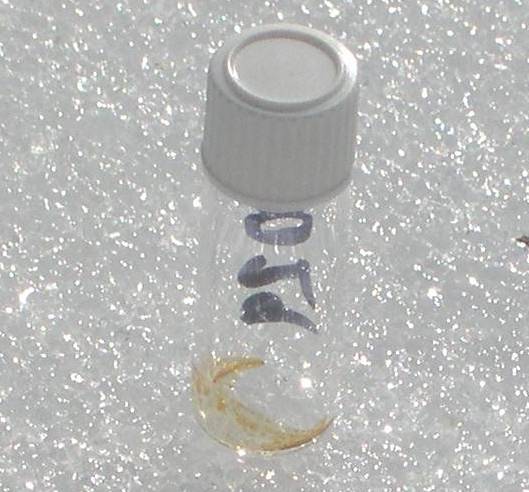
This image shows a vial with residue left over after Danna Qasim and her team irradiated simulated interstellar ices using a Van de Graaff particle accelerator at NASA Goddard. Credits: NASA Goddard/Jason Dworkin
detected in interstellar clouds, such as water, methanol, carbon dioxide and ammonia. Then, using a Van de Graaff particle accelerator at Goddard, they zapped the ices with high-energy protons to mimic the cosmic radiation the ices would have experienced in a molecular cloud. The radiation process broke apart simple molecules. Those molecules recombined into more complex amines and amino acids, such as ethylamine and glycine. The amino acids were left in gooey residues.
“We expect that these residues from the interstellar cloud are transferred to the protoplanetary disk that creates a solar system, including asteroids,” Qasim said.
Asteroid simulations came next. By submerging the residues in tubes of water and heating them to different temperatures and for varying durations, scientists replicated the conditions inside some asteroids billions of years ago, called “aqueous alteration.” Afterward, they analyzed the effects these warm, watery conditions had on the molecules.
They found that the types of amines and amino acids created in laboratory interstellar ices, and their proportions, stayed constant regardless of asteroid conditions. This implies that amines and amino acids can stay intact as they migrate from the interstellar cloud to an asteroid. But each molecule reacted differently to asteroid-like conditions depending on how much heat the researchers applied and for how long. Glycine levels doubled after 7 days of asteroid simulations, for example, while ethylamine levels barely budged.
Many other scientists have created interstellar ices and plied them with radiation. Like the Goddard team, they’ve also found that this process creates amines and amino acids. But the set of compounds produced in labs doesn’t match the set detected in meteorites. Meteorites are pieces of asteroids and, perhaps, comets that scientists can find on Earth’s surface and probe in the lab.
Qasim and her colleagues wanted to investigating this discrepancy, so they designed an experiment — the first one to add asteroid simulations to the ice experiment. The process began with an idea by Christopher Materese, a Goddard research scientist who was principal investigator of this project. Materese wondered whether asteroid conditions were the missing link between lab-made interstellar ice and meteorite compositions.
“Laboratory experiments focused solely on ice irradiation are not fully capturing the reality of the chemistry experienced by these compounds,” Materese said. “So part of the goal of this work was to see if we can close that gap.”
The research team has not yet closed the gap. They found that even after simulating asteroid conditions, the amines and amino acids they produced still didn’t match those in meteorites.
This could be happening for a variety of reasons. One has to do with possible contamination. Because meteorites fall through Earth’s atmosphere and spend some time on the surface before they’re scooped up, it’s possible that their chemical makeup changes and doesn’t perfectly reflect the asteroids they came from. But scientists will be able to address this issue with pristine samples of asteroid Bennu, currently being ferried by NASA’s OSIRIS-REx spacecraft to Earth for a Sept. 24, 2023, delivery to the surface. Scientists also will improve their ice experiments after NASA’s James Webb Space Telescope returns detailed information about the types of ices that make up interstellar molecular clouds.
“We are not nearly at the end of this work yet, we still have more to do,” Materese said.
Meteorite Parent Body Aqueous Alteration Simulations of Interstellar Residue Analogs
Astrobiology




